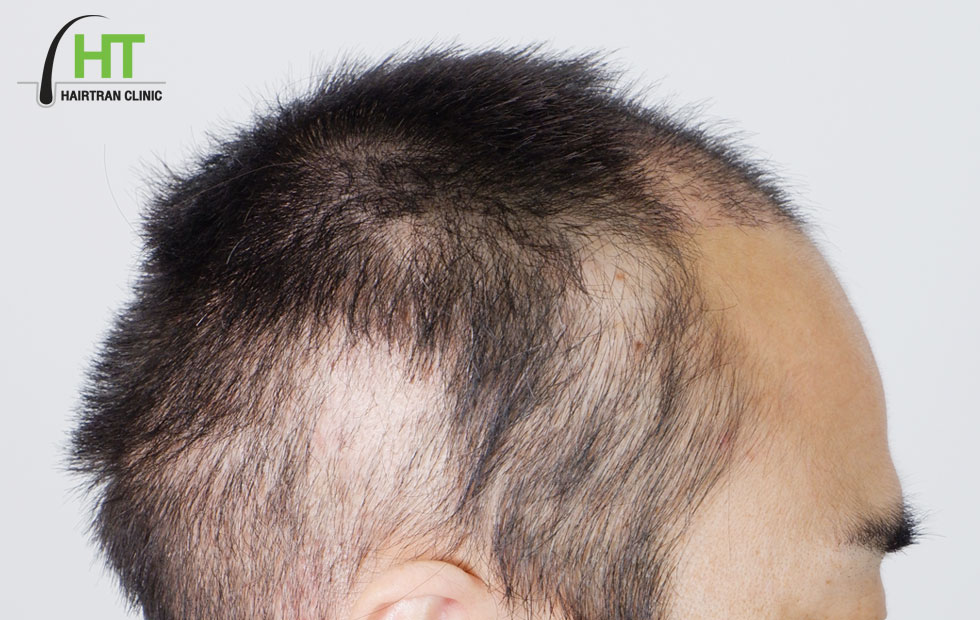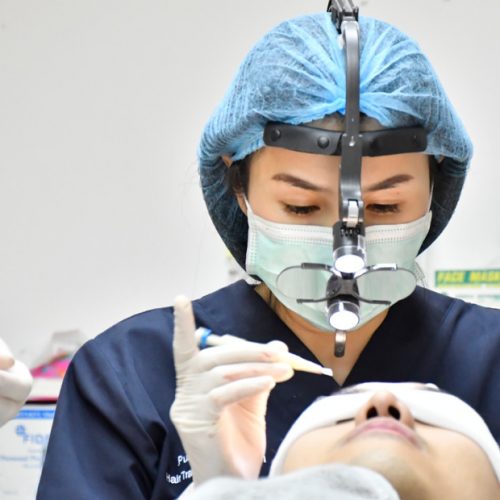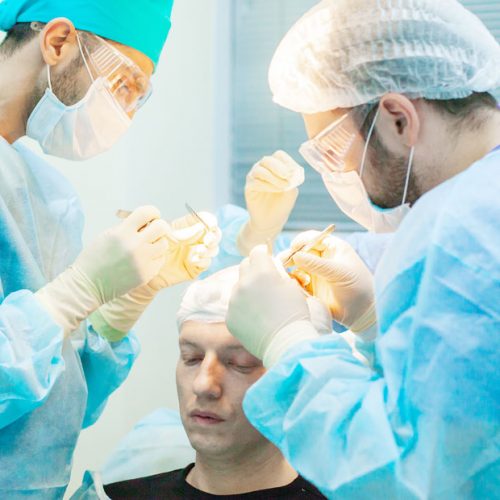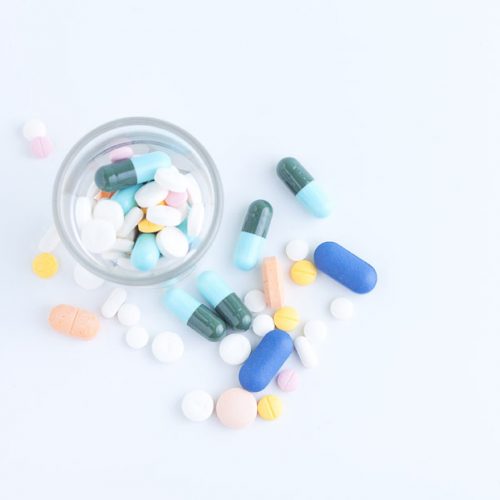Complications after FUE hair transplant
For those who are researching hair transplants or just had a hair transplant, this article must be one of the topics you’d like to know to be able to prepare yourself physically and emotionally. It is quite common to have a few complications after hair transplant surgery, some are very mild and have short recovery periods, some are more severe and take longer to recover, and some are somewhat permanent.
Here are a few things you might have to experience after a hair transplant procedure
Active bleeding: Our nurses will apply some pressure for 4-5 minutes to stop the bleeding for the patient after the surgery. However, some bleeding might be ongoing for a few hours after that. There will be a bandage to help absorb the blood in the donor area but the transplanted area won’t be covered by anything. If there’s any bleeding spot on the transplanted area, you can use the gauze and Normal Saline Solution to clean up the blood.
Abnormal sensitivity on the scalp: This condition is not so common but it can happen to some patients. It can be hypersensitivity (tingling or burning pain) or hypersensitivity (feeling numb). The cause of this is the recovery of the scalp after the operation. Once the healing is complete, the sensation will be back to normal again. This could take a week or two in some patients, or 3-6 months in some patients.
Swelling: This condition is quite common, especially if the recipient area is in the frontal or the mid-scalp area. The swelling can also occur on the back, around the donor area or down the nape, too. The cause of this swelling is NOT from an inflammation but it is from the liquid the doctor injected into the recipient area and the donor area during the hair transplant operation. It will take around 7 days for these liquids to drain off from your body naturally. There is no need to take any kind of medication to speed up this process.
Acne around the recipient area or donor area: This condition is quite common to occur is the first 3 months after the surgery. The patient can pop the acne or squeeze out the content inside the acne. The treatment of the acne is the same as the acne on the face. Antibiotic lotion is recommended.


Redness on the recipient site: This condition is quite common and it is also part of the healing process. The redness will fade away by itself in 3-6 months after the surgery. If the patient has very fast healing, the redness will fade away in 2-3 weeks.
Transplanted hair fall: Most of the patients will experience this. The transplanted hair will start to fall off after 10-14 days post-op. Up to 90% of the transplanted hair can fall out and it will grow back by itself little by little after that. It will take around 3-4 months for the new hair to start growing out.
Shock hair loss of the original hair: This condition is temporary and can happen around the recipient area and donor area. The severity is random. The hair will grow back out by itself in 3-6 months but it can take up to a year in some cases. For more information, you can read Shock Hair Loss of The Original Hair article
Curly/kinky hair: Some people get curly/kinky or coarse hair after the surgery. This is a rare complication that could happen after the surgery and can take a very long time (up to a few years) to recover.
Necrosis or slow wound healing: This condition is very rare. This condition usually happens in people with poor blood supply. So, people who are heavy smokers or are diagnosed with diabetes are likely to get this complication. The scabs will fall off slower than average and can have shallow ulcers underneath the scabs. The hair might not grow too well in this area.
Pukpinya Jangjetriew, MD
HAIRTRAN CLINIC



